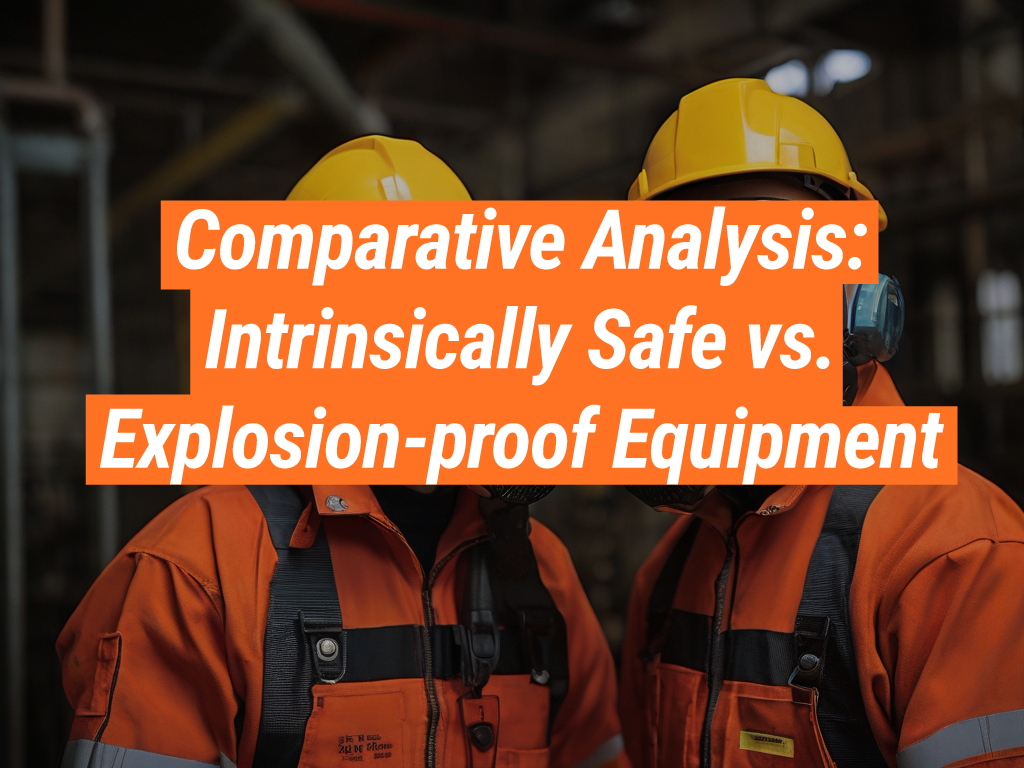When it comes to safety in hazardous environments, two types of equipment stand out: intrinsically safe and explosion-proof. Designers create both to prevent accidents, but they do it in different ways. In this article, we will delve into the differences between these two types of equipment, their applications, and their advantages and disadvantages. The Intrinsically Safe Store, your one-stop-shop for all your safety equipment needs, brings you this comparative analysis. Visit our website to explore our wide range of products.
Understanding Intrinsically Safe Equipment
Designers create intrinsically safe equipment to operate with low energy levels, which prevents the ignition of flammable gases or dust. They achieve this by limiting the electrical and thermal energy in the equipment to prevent any possible ignition. This makes intrinsically safe equipment ideal for use in hazardous areas where explosive atmospheres may be present.
Advantages of Intrinsically Safe Equipment
- They can be used safely in explosive atmospheres.
- They require less maintenance and are easier to install than explosion-proof equipment.
- Generally, they cost-effectively operate in the long run.
Disadvantages of Intrinsically Safe Equipment
- They may not be suitable for high-energy applications.
- They require careful design and installation to ensure safety.
Understanding Explosion-proof Equipment
Designers construct explosion-proof equipment differently from intrinsically safe equipment. They design it to contain and isolate any potential explosions, by building it to withstand an internal explosion and prevent it from spreading to the surrounding atmosphere.
Advantages of Explosion-proof Equipment
- High-energy applications can use them.
- The design of these devices is meant to contain and isolate explosions, providing an extra layer of safety.
Disadvantages of Explosion-proof Equipment
- They are generally more expensive to install and maintain than intrinsically safe equipment.
- They are heavier and bulkier, making them less convenient to use.
Choosing Between Intrinsically Safe and Explosion-proof Equipment
The choice between intrinsically safe and explosion-proof equipment depends on the specific requirements of your application. For low-energy applications in hazardous areas, intrinsically safe equipment may be the best choice. Explosion-proof equipment may be more suitable for high-energy applications, or when an extra layer of safety is required.
In conclusion, both intrinsically safe and explosion-proof equipment have their own advantages and disadvantages. The choice between the two depends on the specific needs of your application. Regardless of your choice, it is crucial to ensure that your equipment is properly designed, installed, and maintained to ensure safety. For more information on intrinsically safe and explosion-proof equipment, or to explore our range of products, visit the Intrinsically Safe Store or contact us today.



























